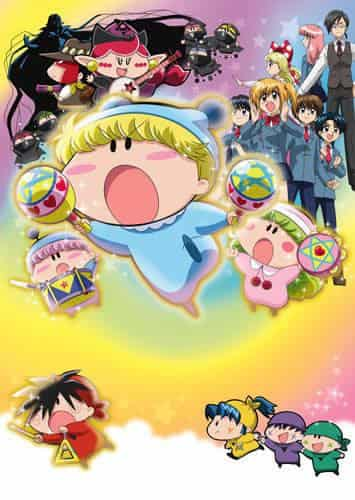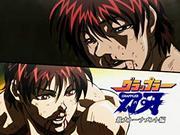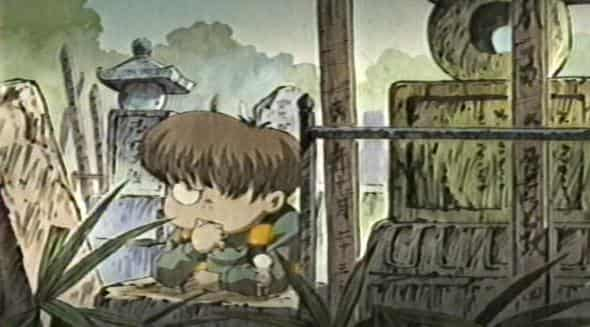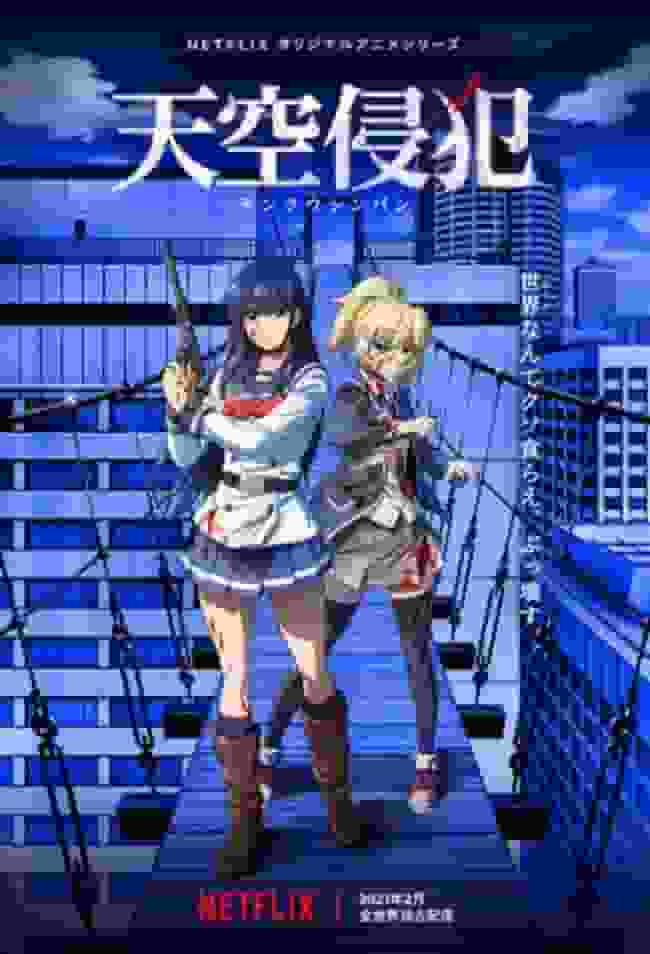Appeal and evaluation of "Mushishi Zoku-hen First Half Season": Development that exceeds expectations and beautiful visuals
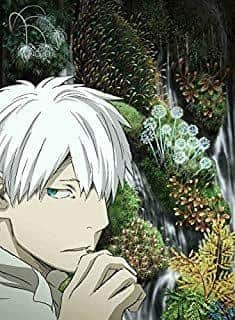
The appeal and depth of "Mushishi: The Final Chapter, First Half": A comprehensive review and recommendationIntroduction"Mushishi: The Final Chapter" is a TV anime series that aired in 2014, based on the manga of the same name by Yuki Urushibara. This series was produced as a sequel to "Mushishi" that aired in 2005, and captivated viewers with its deeper story and beautiful visuals. In this article, we will consider the charm and depth of this work from all angles and recommend it. OverviewMushishi: The Final Season aired from April 4 to June 20, 2014, and is a 10-episode series. It was broadcast on Tokyo MX, Gunma TV, BS11, Tochigi TV, Asahi Broadcasting, and other stations, and was streamed online on Bandai Channel, Niconico Live Broadcast, and Niconico Channel. Each episode is 30 minutes long and is directed by Hiroshi Nagahama and animated by Artland. story■ StoryThings that are considered far away - inferior and strange, things that seem completely different from the plants and animals we are familiar with. Humans have feared these strange creatures since ancient times, and eventually came to refer to them collectively as "insects." Sometimes, insects bring mysterious phenomena to humans, and humans become aware of their mysterious existence for the first time. Those who connect the world of humans and the world of insects are "Mushishi". All life does not exist to threaten others. Each and every one of them simply exists as they are. "Mushishi: The Second Season" tells the story of the protagonist Ginko's wanderings around various places while confronting strange creatures called "Mushi". Because Ginko's constitution attracts "Mushi", he cannot stay in one place and is constantly on the move. Throughout his journey, episodes are depicted that make you think deeply about the relationship between humans and "Mushi" and the coexistence of nature and humans. Cast and crew■Cast・Ginkgo/Yuto Nakano ・Voice/Mika Doi ■ Main staff・Original story: "Mushishi" by Yuki Urushibara (published in "Monthly Afternoon", Kodansha) Yuto Nakano, who plays Ginko, expresses the character with a quiet, deep voice, leaving a deep impression on viewers. Director Hiroshi Nagahama also develops the story from his own unique perspective while faithfully recreating the worldview of the original work. The beautiful visuals by Yoshihiko Magoshi, who was in charge of character design and general animation director, also add to the appeal of this work. Main Characters■ Main CharactersGinkgo: Because of his constitution that attracts "Mushi", he cannot stay in one place and wanders around the country, making a living as a "Mushishi". He investigates the strange phenomena that arise from the influence of Mushi on humans, and guides them to the correct way of being. His identity is unknown as he has no memory of his past. Ginko is the central character of the series, and his journey depicts his encounters with various "Mushi" and his interactions with people. The fact that he has no memory of his past gives the viewer a sense of mystery and adds depth to the story. Furthermore, his sense of mission as a "Mushi Master" and his pursuit of the coexistence of nature and humans provide many suggestions to the viewer. Episodes and subtitles■Subtitle Episode 1: Nozue's Feast Each episode depicts Ginko's encounters with different "insects" and interactions with people, and various themes are depicted during Ginko's journey. For example, "Nozue no Utage" shows villagers behaving strangely due to the influence of "insects," while "Singing Shells" depicts mysterious phenomena occurring in a seaside village. Through these episodes, the story makes viewers think deeply about the relationship between nature and humans, and the preciousness of life. Theme songs and music■ Theme songs and music・OP1 The opening theme "SHIVER" features Lucy Rose's beautiful voice and melody, enhancing the atmosphere of Ginko's journey. The lyrics and melody of this song symbolize the theme of the work, the coexistence of nature and humans, and the preciousness of life, and deeply move viewers. The appeal and depth of the workThe appeal of "Mushishi: The Final Chapter First Half" lies above all in its beautiful visuals and profound themes. Artland's beautiful drawings and Director Hiroshi Nagahama's meticulous direction faithfully reproduce the worldview of the original work while developing the story from a unique perspective. In addition, Ginko's encounters with "mushi" and interactions with people depicted throughout his journey make viewers think deeply about the relationship between nature and humans and the preciousness of life. Furthermore, this work makes use of the setting that Ginko has no memory of his past, giving the viewer a sense of mystery and adding depth to the story. In the course of Ginko's journey, clues about his past and identity are revealed little by little, drawing the viewer in. Also, the encounters with "insects" and interactions with people depicted in each episode present various themes to the viewer and leave a deep impression. Recommendations and ratings"Mushishi: The Final Chapter" is a work with beautiful visuals and profound themes, and it makes viewers think deeply about the relationship between nature and humans and the preciousness of life. Ginko's encounters with "mushi" and interactions with people depicted throughout his journey are thought-provoking and deeply moving to viewers. In addition, the setting that Ginko has no memory of his past gives the viewer a sense of mystery and adds depth to the story. This work is highly recommended for viewers looking for a work that makes them think about the coexistence of nature and humans and the preciousness of life. It is also a must-watch for viewers looking for a work with beautiful visuals and profound themes. Ginko's encounters with "insects" and interactions with people depicted throughout his journey will surely inspire and deeply move viewers. Supplementary Information"Mushishi: The Final Chapter" is a sequel to the original manga "Mushishi," and while faithfully recreating the worldview of the original, it develops the story from a unique perspective. The original manga is written by Yuki Urushibara and serialized in "Monthly Afternoon" and published by Kodansha. The original manga is also a work with beautiful visuals and profound themes, and it makes you think deeply about the relationship between nature and humans and the preciousness of life. The second half of "Mushishi: The Beginning of the Season" was also produced and aired from October to December 2014. The second half of the season also depicts Ginko's encounters with "mushi" and his interactions with people through his journey, making viewers think deeply about the relationship between nature and humans and the preciousness of life. We would definitely recommend that viewers who have watched "Mushishi: The Beginning of the Season" watch the second half of the season as well. Conclusion"Mushishi: The Beginning of Season" is a work with beautiful visuals and profound themes, which will make you think deeply about the relationship between nature and humans and the preciousness of life. Ginko's encounters with "mushi" and interactions with people depicted throughout his journey will give viewers many suggestions and deeply move them. In addition, the setting that Ginko has no memory of his past gives viewers a sense of mystery and adds depth to the story. This work is highly recommended for viewers who are looking for a work that will make them think about the coexistence of nature and humans and the preciousness of life. It is also a must-watch for viewers who are looking for a work with beautiful visuals and profound themes. Ginko's encounters with "mushi" and interactions with people depicted throughout his journey will give viewers many suggestions and deeply move them. |
<<: Eagle Talon 7: Her Majesty's Jovbu Review: A perfect balance of laughs and adventure
>>: "Director's Failure": Evaluation and Analysis of a Disappointing Film
Recommend
"Look-alike Mother and Daughter" Review: Reevaluating the moving story of everyone's song
The appeal and evaluation of "look-alike mot...
Russian beauty Coser sexy pictures collection bust proud hot unrestrained
Today, I bring you a collection of Russian beauty...
Trailer for Godzilla spin-off Emperor Project: Legacy of Monsters
The Godzilla spin-off series "Monarch: Legac...
"Kampfer" review: A school battle anime with charming characters and unexpected developments
Kampfer - Kampfer - Reviews and Recommendations ■...
New set photos of Venom 2 revealed, with Carnage appearing in a floral shirt
After the filming in the UK, the crew of Venom 2 ...
"Captain Tsubasa" launches a new plan to purchase NFT to create original football
The classic anime "Captain Tsubasa" has...
The appeal and evaluation of "X": A deep review
"X": The ultimate fantasy woven togethe...
Tencent Video announces the introduction of "Dragon Family" and is scheduled to be released on May 22
Tencent Video announced today that it will introd...
The Toei Comic Festival will be held on August 14th, and several new animated films will be released at that time.
Toei Animation Co., Ltd. of Japan announced today...
Directed by Song Dandan's stepdaughter! Marvel blockbuster "Eternals" reveals the latest progress
According to foreign media reports, the director ...
The appeal and reviews of "Romance of the Three Kingdoms [Part 3]: A Must-See Anime for History Fans"
The appeal and evaluation of "Romance of the...
The originator of shooting games! 40-year-old arcade classic "Space Invaders" will be made into a movie
New Line Cinema has officially announced that it ...
The appeal and evaluation of the animated film "Fairy Tales of the World"
The appeal and evaluation of "Fairy Tales of...
Netflix's zombie horror Korean drama "Beijing Monster" debuts trailer
Netflix's zombie thriller "Capital Monst...
Detailed review and evaluation of Terra Formars OVA Bugs No. 2 Part 1
Terra Formars OVA Bugs No. 2 Part 1 - The terror ...


